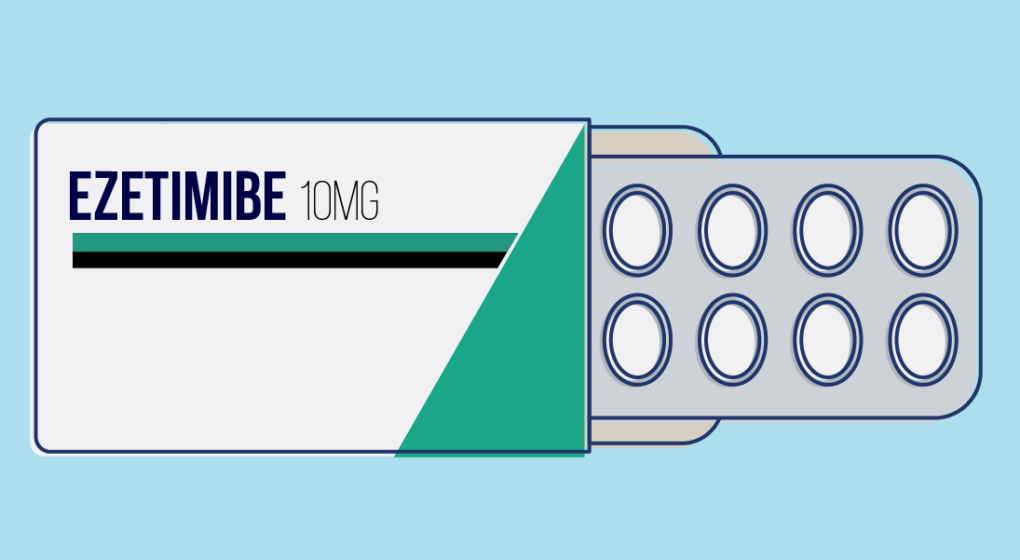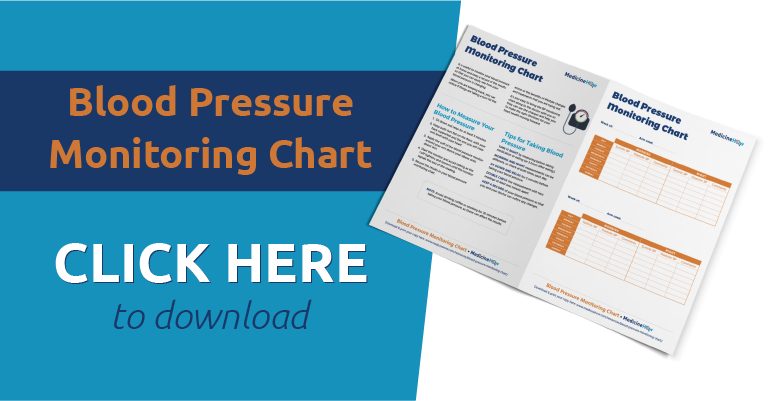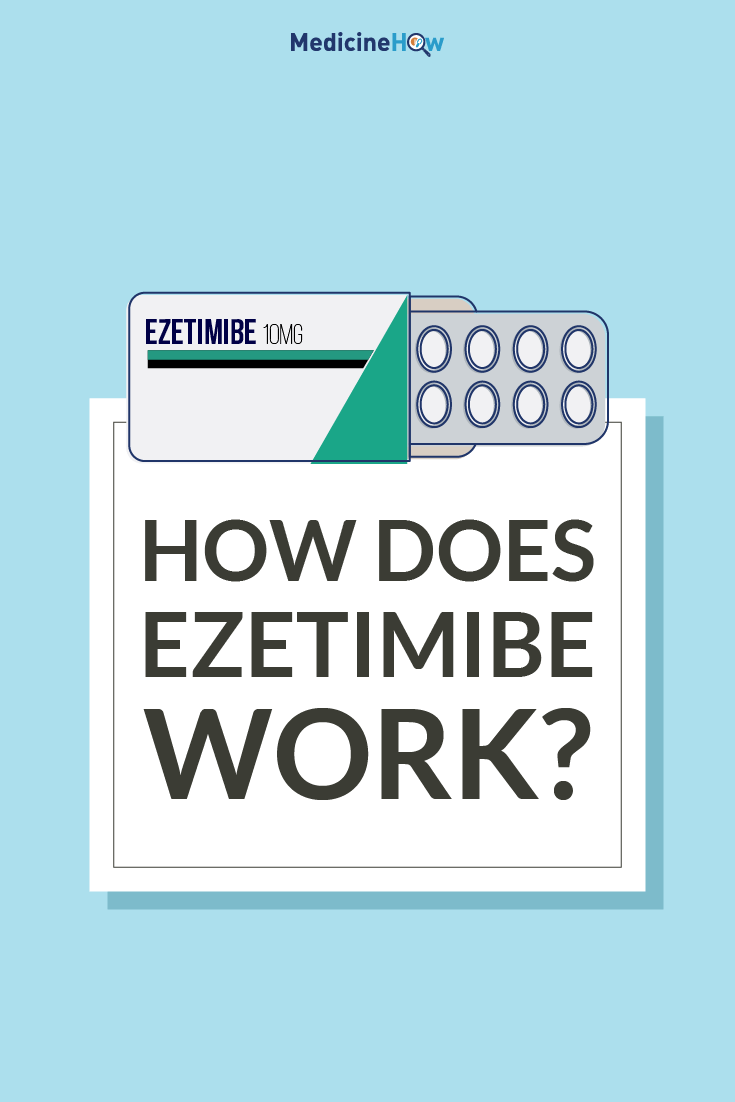
Ezetimibe is a drug that helps to manage high cholesterol levels (hypercholesteremia) by inhibiting the absorption of cholesterol from your diet and bile. As less cholesterol is absorbed when you take ezetimibe, your body needs to take more LDL from the blood to produce it in the liver, reducing the concentration of LDL in your blood.
On average, it helps to reduce the concentration of LDL in the blood by about 18%. At present, there is no research to show that ezetimibe can lower the risk of cardiovascular events such as heart attack and stroke, but LDL cholesterol is thought to increase the formation of plaque that may block the blood vessels and lead to these events.
Brand Names and Doses
![]() Ezetimibe is the generic name of the drug, which is the active component that has an effect on your body. You may also know it by the brand name, Ezetrol, which is the name given by the drug manufacturing company.
Ezetimibe is the generic name of the drug, which is the active component that has an effect on your body. You may also know it by the brand name, Ezetrol, which is the name given by the drug manufacturing company.
It is available is a single dose of 10 mg tablets, and the standard dose is one tablet each day.
Your doctor may recommend that you take ezetimibe with another drug to manage your cholesterol levels, such as a statin. Statins are usually more effective at lowering LDL, but the LDL can be reduced even further when the two drugs are used in combination.

What is ezetimibe used for?
![]() Ezetimibe is usually used to manage severe hypercholesterolemia when the level of LDL cholesterol in your blood in your blood is too high.
Ezetimibe is usually used to manage severe hypercholesterolemia when the level of LDL cholesterol in your blood in your blood is too high.
LDL cholesterol is believed to be an important factor in the production of plaque that can cause an obstruction or complete blockage of your blood vessels, which is why we want to keep levels reasonably low. It has not been directly shown to reduce the rates of heart attack, stroke or other cardiovascular events, but is recommended to reduce the level of LDL cholesterol
Ezetimibe should only be used in combination with diet and lifestyle alterations and not as a substitute for healthy living choices.
It can also sometimes be used to manage homozygous sitosterolemia (phytosterolemia).
How does ezetimibe work?
![]() Ezetimibe works by reducing the absorption of cholesterol from the food you eat in your intestine and from the bile in your liver.
Ezetimibe works by reducing the absorption of cholesterol from the food you eat in your intestine and from the bile in your liver.
This means that there is less cholesterol available in your body, so your liver tries to compensate by creating more cholesterol. One of the components needed to produce the cholesterol, LDL (low-density lipoprotein), is taken up from the blood during this reaction.
LDL cholesterol is thought to be important in the production of plaque and higher concentrations in the blood may be linked to increased risk of atherosclerosis heart disease. With this theory, because ezetimibe reduces LDL cholesterol by about 18%, your risk of cardiovascular events may also be reduced.
Side Effects
![]() If you are taking ezetimibe, you may notice side effects such as:
If you are taking ezetimibe, you may notice side effects such as:
- Headache
- Diarrhoea
- Muscle pain
It has also been linked to increased risk of depression, particularly for elderly patients who have just begun to take the medication.
If you are taking ezetimibe, you should be aware of the possible side effects so that you can recognize the signs and see your doctor if needed.
Precautions
![]()
Ezetimibe is not recommended for some people who are taking certain medications or have particular health conditions. It may not be the best choice for you if you:
- Are taking fenofibrate, as it can increase the risk of gallbladder disease.
- Are taking nicotinic acid and simvastatin, as there is an increased risk of side effects such as myopathy and rhaboomyolysis.
Drug Interactions
![]()
Both ezetimibe and bile acid-binding resins such as cholestyramine and colestipol work by reducing the absorption of cholesterol from the intestine and they may affect each other’s ability to work. It is best to use one or the other, but both may be used together by separating the doses by 2-4 hours.
Rifampicin can decrease the concentration of ezetimibe and its effect in the body. If this is a problem, it may be best to choose an alternative for ezetimibe.
Make sure that your doctor knows if you are taking any of these medications as they may need to adjust the dose or use an alternative medication.

Pregnancy and Breastfeeding
![]() There has not been any research to investigate the safety of ezetimibe for pregnant women. As it could potentially cause harm to the baby, it is not usually recommended in pregnancy. If you are taking this medication and are trying to conceive, you should talk to your doctor about your options going forward.
There has not been any research to investigate the safety of ezetimibe for pregnant women. As it could potentially cause harm to the baby, it is not usually recommended in pregnancy. If you are taking this medication and are trying to conceive, you should talk to your doctor about your options going forward.
Ezetimibe is not recommended for women who are breastfeeding due to the effect it could have on the baby if excreted in breast milk – we don’t have any research to tell us how it affects the baby.
Pin it!


